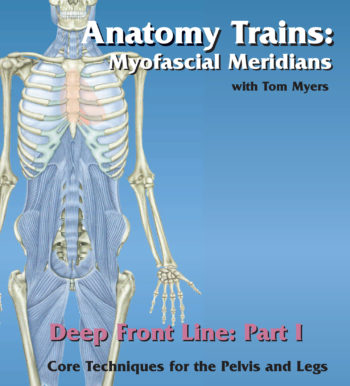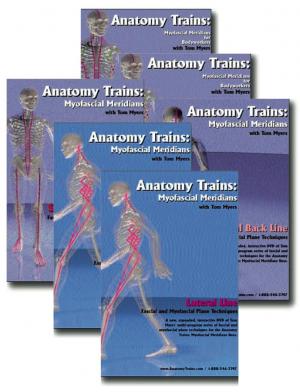Freeing the Breath in the Neck and Shoulders Part 1: The Clavicle
Following the very well received male pelvis, knees and other webinars with Anatomy Trains senior teacher Michael Watson, we will be working with in clinic models to explore how to assess, strategize, and treat clients to best liberate the breath by creating freedom in the neck and shoulders.
When breathing, the muscles in the neck and shoulders that primarily assist with inhalation are the scalene muscles and the sternocleidomastoid muscles; these are considered accessory muscles of respiration, meaning they only engage during deep breaths or when the primary breathing muscle (diaphragm) is not sufficient to draw in air, causing a noticeable tension in the neck and shoulders when activated.
Key points about neck and shoulder muscles involved in breathing:
- Scalene muscles: Located on the side of the neck, these muscles elevate the first two ribs when contracting, which helps to expand the chest cavity and facilitate inhalation.
- Sternocleidomastoid: This large neck muscle originates from the sternum and clavicle, and when contracted, it can help raise the sternum and assist in deep breaths.
How improper breathing affects the neck and shoulders:
- Shallow breathing: When someone habitually takes shallow breaths, they tend to engage the neck and shoulder muscles excessively, leading to tension and discomfort in these areas.
- Muscle strain: Overuse of the scalenes and sternocleidomastoid due to poor breathing patterns can result in muscle strain and pain in the neck and shoulders.
Other relevant points:
- Trapezius muscle: While not primarily involved in breathing, the upper fibers of the trapezius muscle can contribute to shallow breathing patterns if overly activated.
- Importance of diaphragmatic breathing: Proper breathing technique involves engaging the diaphragm as the primary muscle for inhalation, which minimizes strain on the neck and shoulders.
Freeing the Breath in the Neck and the Shoulders Part 2: The Cervicals
In this new webinar with Senior Anatomy Trains Certified Teacher Michael Watson, we will be working with models in-clinic to share skills for BodyReading postural assessment, strategy, and treatment of the cervical spine relative to opening the breath.
The cervical spine houses structures that are crucial for breathing, particularly the nerves controlling the respiratory diaphragm, the primary muscle responsible for inhalation. Damage or imbalance to the cervical spine can significantly affect breathing function, especially if the injury impacts the nerves at the C3-C5 level which directly innervate the diaphragm.
Key points about the cervical spine and breathing:
- Phrenic Nerve: The phrenic nerve, which originates from the cervical spinal cord at levels C3-C5, is the primary nerve controlling the diaphragm, making it critical for breathing function.
- Muscle involvement: Muscles in the neck like the sternocleidomastoid and scalenes can act as accessory muscles for breathing, assisting in deep inhalations when needed.
- Impact of injury: A cervical spine injury, especially at the C3-C5 level, can lead to impaired diaphragm function, resulting in difficulty breathing, shallow breaths, and potential need for mechanical ventilation.
- Posture and breathing: Poor neck posture can also indirectly affect breathing by placing tension on the muscles involved in respiration.







Reviews
There are no reviews yet.